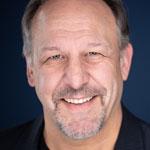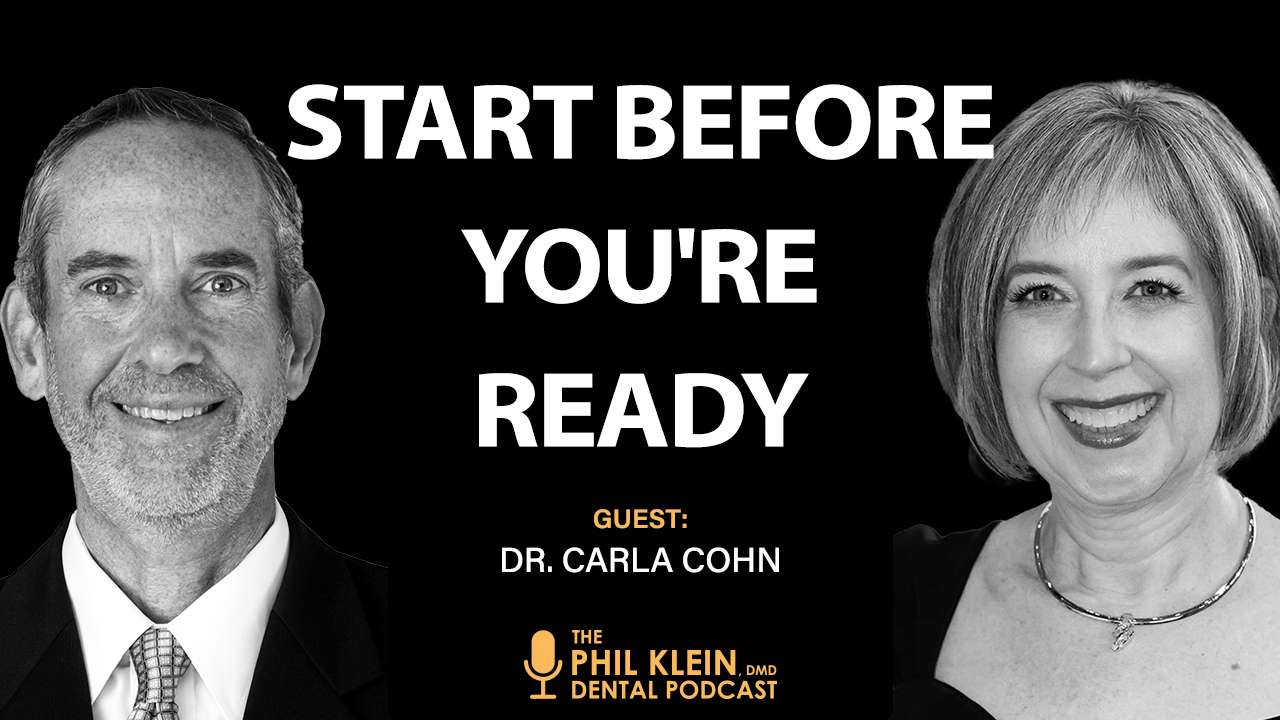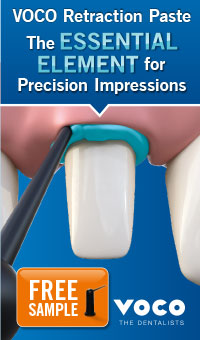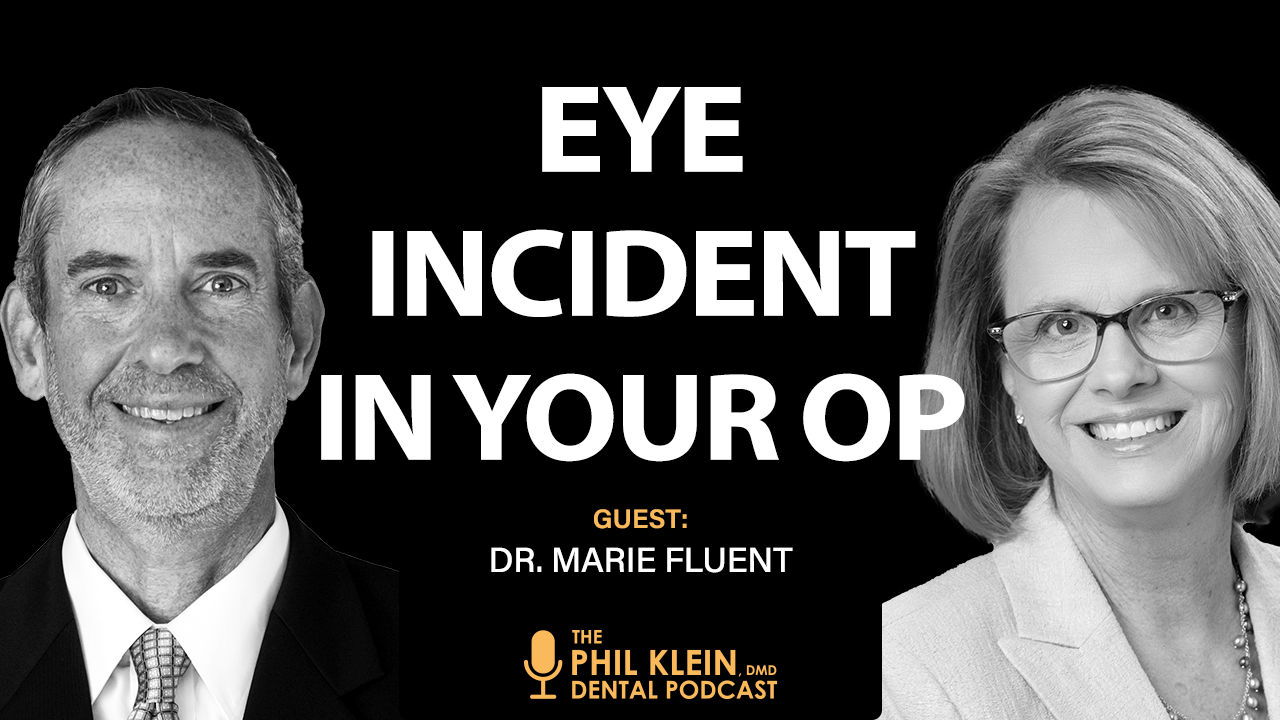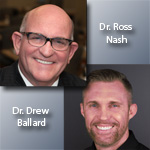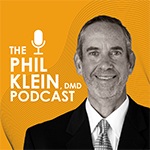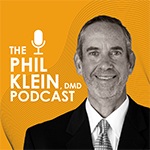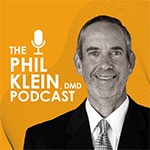Search for Live and On-Demand CE Classes
No live webinars match search criteria.
 |
Presenter: Dr. George Kirtley CE Supporter: AdDent Release Date: 1/18/24 Expiration Date: 1/18/27 CE Credits: 1 CEU (Self-Study) View Full Description » |
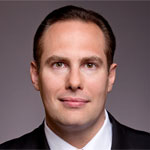 |
Presenter: Dr. Arthur Volker CE Supporter: AdDent Release Date: 1/4/24 Expiration Date: 1/4/27 CE Credits: 1 CEU (Self-Study) View Full Description » |
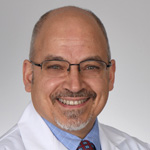 |
Presenter: Dr. John Comisi CE Supporter: AdDent Release Date: 7/26/23 Expiration Date: 7/26/26 CE Credits: 1 CEU (Self-Study) View Full Description » |
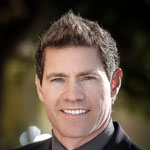 |
Presenter: Dr. Todd Snyder CE Supporter: AdDent Release Date: 12/15/22 Expiration Date: 12/15/28 CE Credits: 1 CEU (Self-Study) View Full Description » |
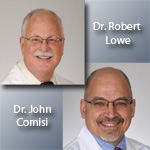 |
Presenter: Dr. Bob Lowe and Dr. John Comisi CE Supporter: AdDent Release Date: 6/14/22 Expiration Date: 6/14/28 CE Credits: 1 CEU (Self-Study) View Full Description » |
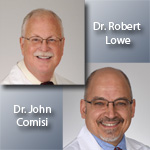 |
Presenter: Dr. Bob Lowe and Dr. John Comisi CE Supporter: AdDent Release Date: 5/9/22 Expiration Date: 5/9/28 CE Credits: 1 CEU (Self-Study) View Full Description » |
Showing 10 most recent (View all Episodes »)
|
Episode 490: Warm it and Fill it! You'll Never Look Back View All Episodes from: AdDent Dental Podcast Series |
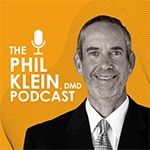 Series: AdDent
CE Credits: 0.25
Series: AdDent
CE Credits: 0.25
Presenter: Dr. John Comisi Release Date: 7/31/23 |
|
Episode 449: Enhanced Properties and Placement Simplification of Warmed Composite Resin View All Episodes from: AdDent Dental Podcast Series |
 Series: AdDent
CE Credits: 0
Series: AdDent
CE Credits: 0
Presenter: Larry Clark Release Date: 1/30/23 |
|
Episode 428: The Benefits of Using Warmed Composite When Placing Direct Bonded Dental Restorations View All Episodes from: AdDent Dental Podcast Series |
 Series: AdDent
CE Credits: 0.25
Series: AdDent
CE Credits: 0.25
Presenter: Dr. Bob Lowe Release Date: 11/18/22 |



